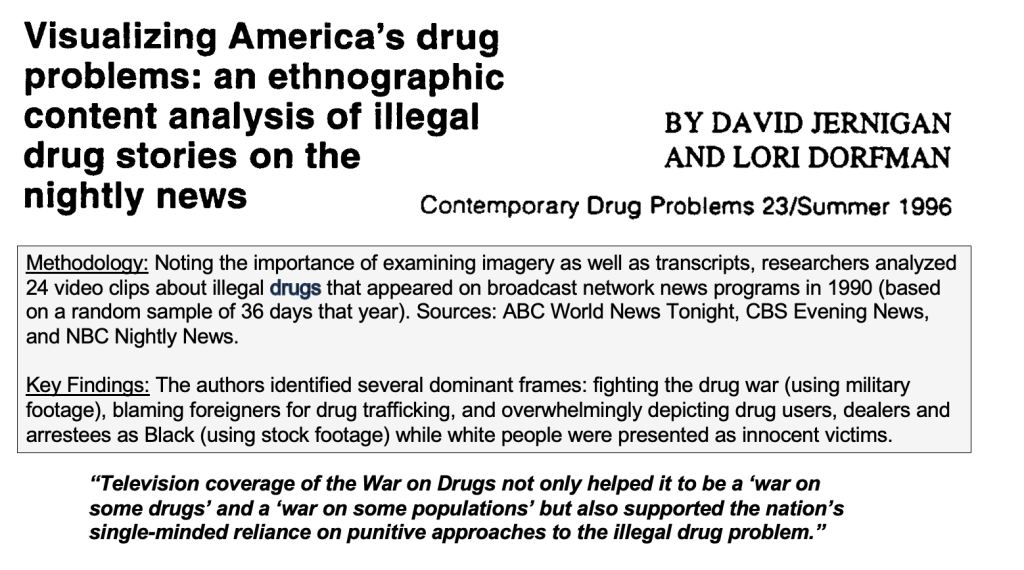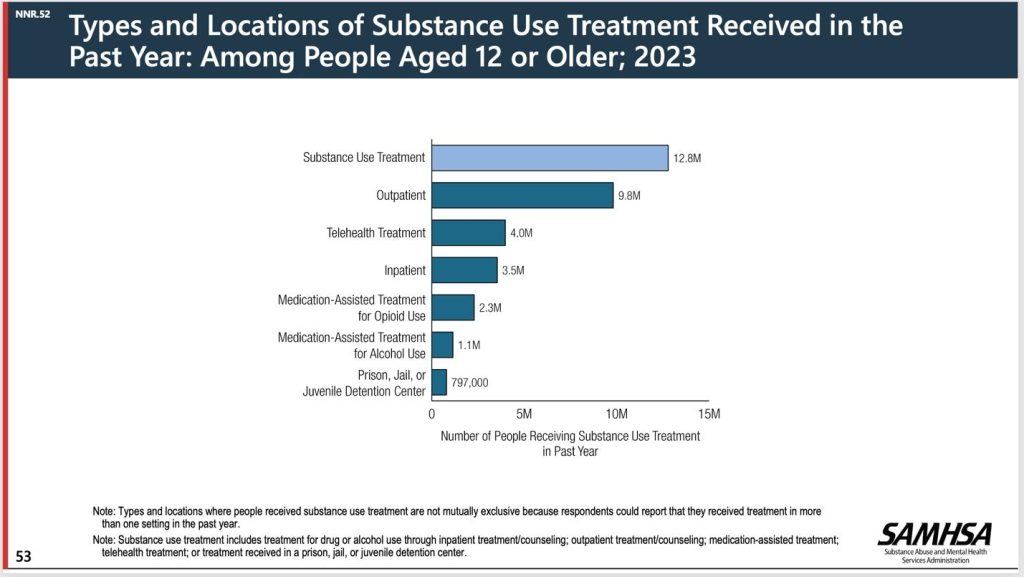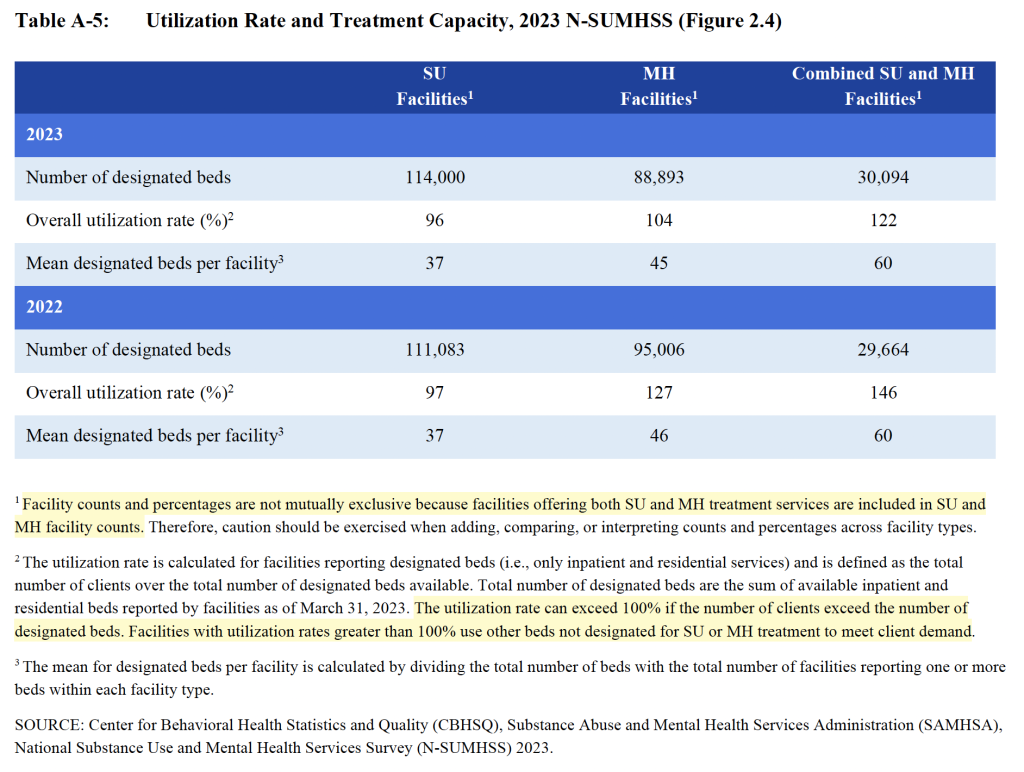
Photo illustration: Susan Stellin
A roadmap to resources for reporting on drugs
Creating a guide to help journalists shift from drug war framing to a health-centered approach
The first time addiction really impacted my life was nearly twenty years ago, when it became apparent that my partner Graham was unable to control his use of heroin and crack. As he said, the drugs took precedence over everything and everyone he loved, eventually leading to multiple arrests, four months in jail, and five months in immigration detention, fighting a deportation order back to Scotland.
He had a green card at the time and was lucky to win “relief from removal,” moving in with me after his release in 2011. We got married in 2017 and I’ve been with him for nearly 15 years of recovery, an experience that transformed both of our lives.
He’s a photographer and I’ve spent most of my career working as an editor and reporter, returning to school for a master’s in public health in 2017. Graham and I had been collaborating on projects about addiction, incarceration, deportation, and recovery — including articles, exhibitions, a TEDx talk, and a memoir — but I wanted to learn more about research methodologies and what helps different people heal from addictions.
I took classes covering topics like the epidemiology of drug and alcohol problems, biostatistics, and qualitative research methods, and my final project involved a review of research studies examining media coverage of drugs and addiction. The major themes researchers identified won’t surprise anyone who remembers headlines and nightly news coverage from the 1980s onward, which typically portrayed drug use as a crime — with factors like race, ethnicity, and drug type contributing to particularly negative stereotypes.

What I’m building: A data and resource guide
The toolkit I’m creating for my RJI fellowship project is motivated partly by my personal experience, and what I learned in graduate school and the work I’ve done since 2019, collaborating with researchers and facilitating training workshops about substance use, addiction, harm reduction, treatment, and recovery. During the past decade, I’ve amassed a collection of surveys, reports, data sets, studies, and other resources filed in folders by topic, so I plan to create a guide to the best sources of information that I’ve found — organized in a way that’s useful for journalists.
I’m focusing on questions journalists might be trying to answer, like what research exists analyzing the impact syringe service programs have on participants and the communities where they’re located, which can provide ideas and context for stories.
There is a lot of information buried within many different government, academic, and institutional websites — like studies, reports, and best practices that seem to be gathering digital dust. Much of this research is taxpayer-funded, so it should be easier for journalists and the public to access the findings and evaluate whether the results are impacting care for people with substance use challenges. With funding for public health and medical research in jeopardy, media outlets can help their audiences understand the importance of these investments—or help identify what should be prioritized or reconsidered.
For instance, news and entertainment media have historically depicted residential rehabilitation as the norm for people with drug and alcohol problems, with investigative reporting often focusing on problematic practices by treatment providers. Given that many health insurance plans only began covering substance use treatment in the past 10-15 years — and people still fight to get services covered — it’s understandable that journalists have been motivated to expose wrongdoing by facilities that sometimes charge tens of thousands of dollars for a month-long stay.
However, outpatient treatment is far more common than inpatient treatment in the U.S. According to the 2023 National Survey on Drug Use and Health (NSDUH), 9.8 million people aged 12 or older received outpatient treatment for substance use that year, compared to 3.5 million who received inpatient treatment.

In fact, there are shockingly few beds available for people who need or want residential care. The 2023 National Substance Use and Mental Health Services Survey (N-SUMHSS) reported only 114,000 designated beds at facilities that offer substance use treatment services in the U.S. This includes 30,094 designated beds at facilities that offer both substance use and mental health care. Yet I haven’t seen that number included in news coverage of barriers to treatment for the estimated 48 million people with drug or alcohol problems, based on the 2023 NSDUH survey.
An op-ed published in Scientific American last fall with the headline We Need More Meds, Not Beds, to Help People Recovering from Addiction, didn’t mention how few beds there actually are for substance use treatment, or other data the N-SUMHSS reports about residential and outpatient facilities. This survey cites bed utilization rates of 96-97% at facilities that provide substance use services and rates of 122-146% at places offering combined substance use and mental health care—meaning they’re using other beds to meet client demand.

Helping journalists find information and story ideas
This is not intended to be a guide to changing the language people use when they write or talk about substance use and addiction. Plenty of those already exist, developed by government agencies such as the National Institute on Drug Abuse (NIDA) and academic groups such as the Recovery Research Institute.
But I do plan to address some topics related to terminology and data in the monthly articles I write for RJI. For instance, next month I’ll be covering survey data illustrating what percentage of the U.S. population aged 12 or older has a mild, moderate, or severe substance use disorder and how those three types of SUDs are defined, based on 11 diagnostic criteria. I’ll also explain how those categories overlap—or don’t—with the word most people use when talking about drug and alcohol problems: addiction.
To sign up for email alerts when these monthly articles are published or offer feedback about the guide as it takes shape, you can fill out this form or click the link below. I’m especially interested in finding out what questions or topics journalists would like to see included, including challenges reporters have encountered finding information or data. I’ll also be looking for suggestions from researchers, service providers, policymakers, advocates, and people personally impacted by substance use and addiction.
One of my goals is to create a better balance between reporting on problems related to substance use vs. covering services, policies, treatments, and approaches that can help individuals, families, and communities thrive. I look forward to connecting with others interested in this project and hearing about the topics that matter most to you.
Cite this article
Stellin, Susan (2025, Aug. 12). A roadmap to resources for reporting on drugs. Reynolds Journalism Institute. Retrieved from: https://rjionline.org/news/a-roadmap-to-resources-for-reporting-on-drugs/
